论文总字数:22967字
目 录
摘要 IV
ABSTRACT V
1 绪论 1
1.1 光催化技术的研究进展 1
1.2 光催化的基本原理 1
1.3 Bi2WO6光催化材料的研究进展 1
1.3.1 Bi2WO6的光催化性能 1
1.3.2 Bi2WO6的制备方法 1
1.4 WO3光催化材料的研究进展 3
1.4.1 WO3的光催化性能 3
1.4.2 WO3的光催化研究现状 3
1.5 凹凸土的研究进展 3
1.5.1 凹凸土的基本概况 3
1.5.2 凹凸土的改性 4
1.5.3 凹凸土作为载体的研究 4
1.6 研究意义及主要研究内容 4
2 实验方法 6
2.1实验试剂与仪器 6
2.1.1 实验试剂 6
2.1.2 实验仪器 6
2.2材料的物理性能表征 6
2.2.1 X射线衍射(XRD) 6
2.2.2 扫描电子显微镜(SEM) 7
2.2.3 紫外-可见吸收光谱(UV-Vis) 7
2.3 光催化反应 7
2.3.1 光催化装置 7
2.3.2 样品的吸附和光催化性能研究 8
2.3.3 样品的回收利用 8
3 凹凸土/ Bi2WO6的吸附及光催化性能研究 9
3.1 水热法合成凹凸土/Bi2WO6复合光催化剂 9
3.1.1 凹凸土种类的选择 9
3.1.2 凹凸土的活化预处理 9
3.1.3 样品的制备 9
3.2 光催化性能的分析 9
3.2.1 负载比例对凹凸土/ Bi2WO6降解性能的影响 9
3.2.2 亚甲基蓝溶液浓度对凹凸土/ Bi2WO6降解性能的影响 10
3.2.3 光照条件对凹凸土/ Bi2WO6降解性能的影响 10
3.2.4 不同比例负载催化剂在光催化和吸附共同作用效果对比 10
3.3 实验结果分析 10
3.3.1 形貌分析 10
3.3.2 XRD 分析 12
3.3.3 吸附和光催化 12
4 凹凸土/ WO3水热合成及其光催化性能的研究 16
4.1 实验部分 17
4.1.1 水热法合成凹凸土/ WO3复合催化剂 17
4.1.2 吸附和光催化实验 17
4.2 凹凸土/WO3样品表征 18
4.2.1 SEM 18
4.2.2 XRD 19
4.3 实验结果及分析 20
5 总结与展望 21
5.1 总结 21
5.2 未来展望 21
参考文献 22
致谢 23
凹凸土基复合物的吸附及光催化性能研究
宋悦
,China
ABSTRACT:Water pollution problem is increasingly serious, looking for a gentle and effective interpretation technology is crucial, a lot of research practices indicate that semiconductor photocatalytic oxidation technology is more moderate, degraded thoroughly and have no secondary pollution comparing with other governance. Photocatalytic reduction technology is a green and environmentally friendly treatment of dye wastewater. Bi2WO6 and WO3 have good visible photocatalytic activity and can effectively degrade organic pollutants in waste water. However, the single phase Bi2WO6 and WO3 have low quantum efficiency, which limits its application in photocatalysis due to the low visible light utilization (about λ lt;450 nm). Attapulgite is a kind of hydrous magnesium silicate clay mineral rich, chain layer crystal structure, small bar, fibrous crystal morphology, attapulgite itself has a larger specific surface area and high porosity, and can make the concave-convex soil active substance dispersed on the surface as far as possible, so it can be used as a good carrier. In this paper, the attapulgite/Bi2WO6 and the attapulgite/WO3 composite photocatalysts were prepared by hydrothermal method and coprecipitation method respectively. The crystal structure and microstructure of the samples were characterized by X - ray diffraction (XRD) and field emission scanning electron microscopy (SEM), the adsorption and photocatalytic degradation of the samples were studied with methylene blue as the target. The experimental results show that the two kinds of attapulgite are rod-like structures with a diameter of about 100 nm and a length of about 0.5 ~ 1 μm. The attapulgite of Huangnianshan is more loose than that of Zhuzui Mountain, and the adsorption performance of methylene blue is better. The adsorption effect of attapulgite/Bi2WO6, attapulgite/WO3 complex on methylene blue is better than that of pure attapulgite. When the loading concentration of Bi2WO6 and WO3 is 10% and 30%, respectively, the adsorption effect is the best. Under the action of light, the composite catalyst can degrade methylene blue solution to a greater extent due to both its photocatalytic activity and adsorption. When the loading of Bi2WO6 is 10%, methylene blue can be degraded to less than 10 % within 5 min under light conditions.
Keywords: Bi2WO6;attapulgite;hydrothermal method;light catalysis; adsorption
1 绪论
1.1 光催化技术的研究进展
光催化氧化技术,是在光照条件下,由光催化剂将有机污染物氧化成为H2O、CO2和无机离子等小分子。以TiO2为代表的光催化剂,是n型半导体为敏化剂,利用其化学稳定性以及催化活性,利用光源来氧化水中的有机污染物。光催化技术因其许多显著优点而成为研究热点,如:反应条件温和、光源可利用于太阳光、操作简捷、能有效控制二次污染、且能矿化消除大多数的有机物,故具有很大的发展前景。但是由于光生电子和空穴对的转移速度慢,复合率高等问题,故对太阳光利用率较低,通常需要借助紫外光进行光催化氧化反应,这就极大地限制了其应用推广[1]。
剩余内容已隐藏,请支付后下载全文,论文总字数:22967字
相关图片展示:
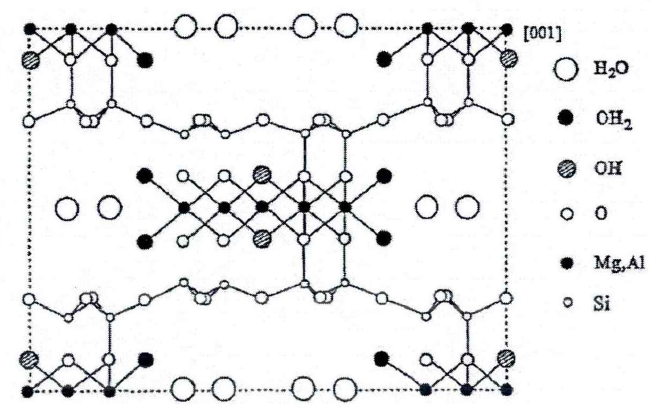
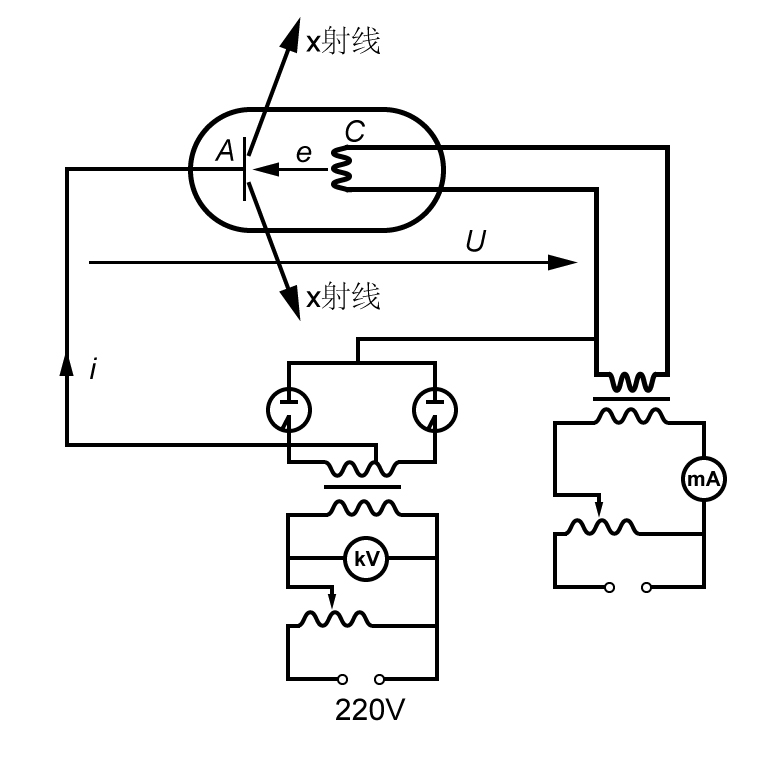
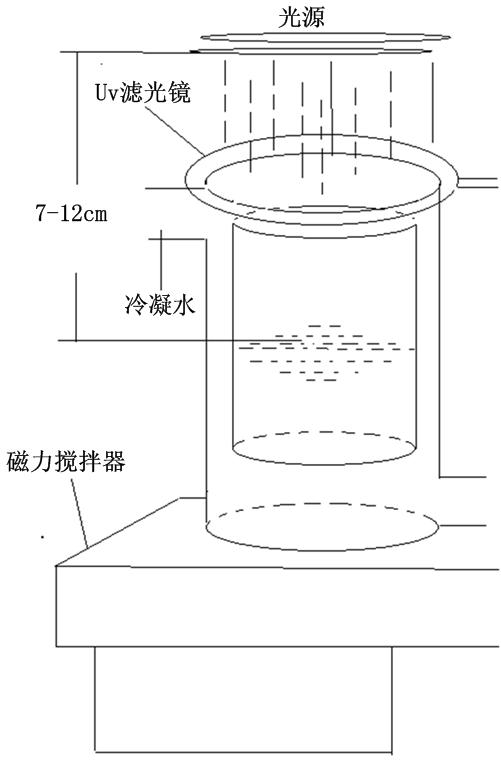
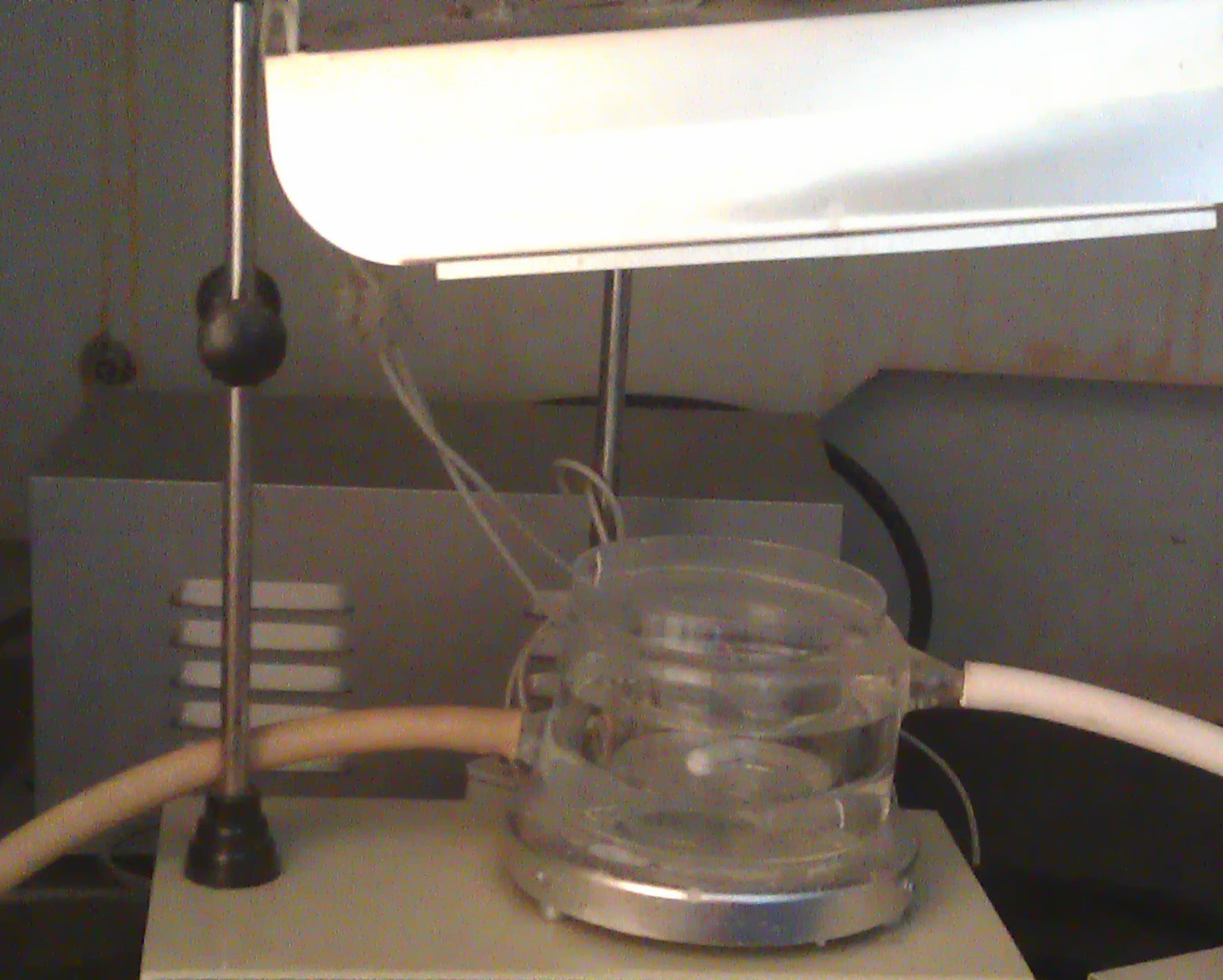
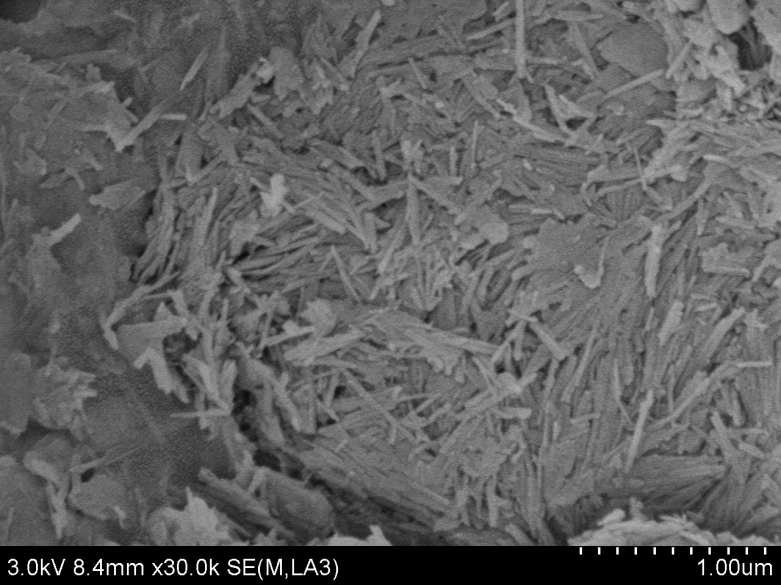
该课题毕业论文、开题报告、外文翻译、程序设计、图纸设计等资料可联系客服协助查找;


